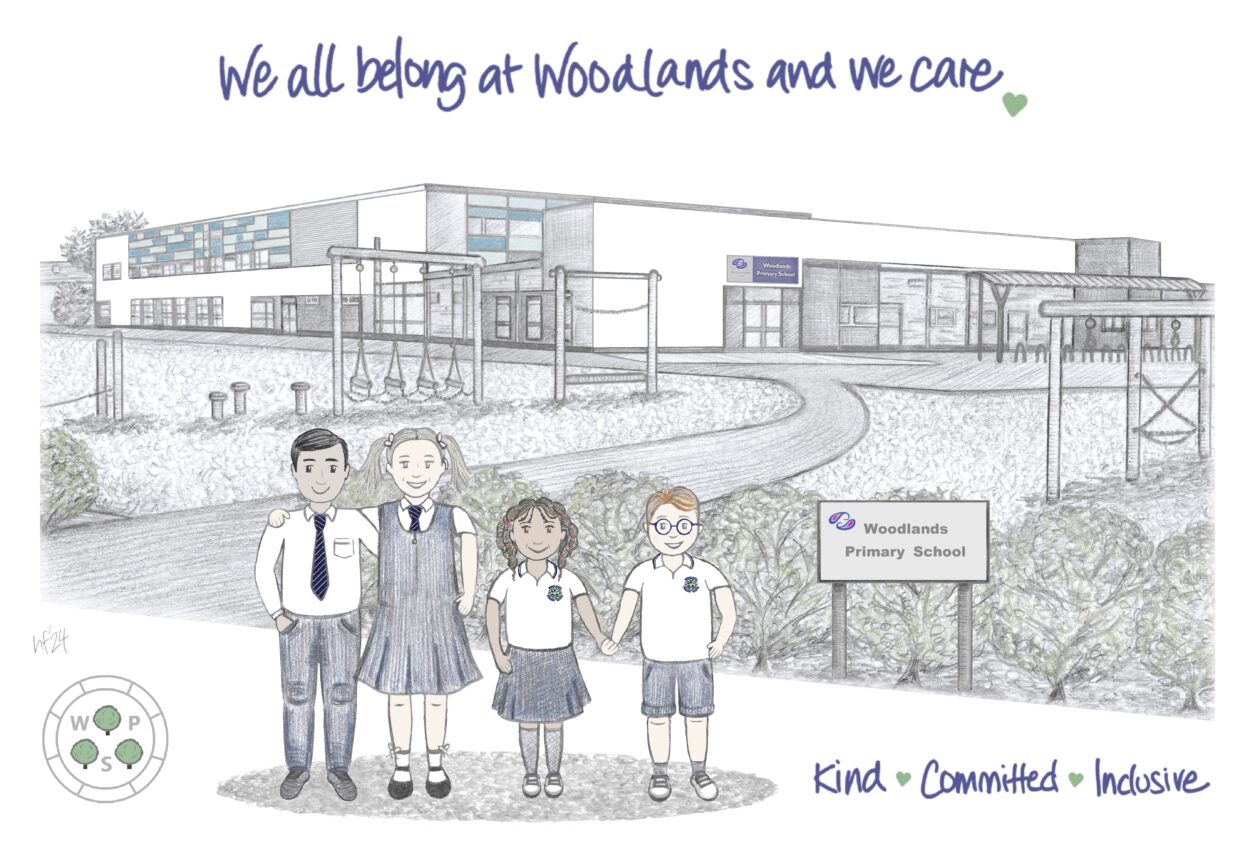Literacy – Early Stages
For the teaching of early reading to be successful, it needs a balanced and creative approach in a context of rich oral language development. Our children are immersed in a rich reading environment, exploring a wide range of quality texts to support both word recognition, comprehension and vocabulary development.
Your child will learn to read by various approaches using a range of texts, including reading books, library books and shared writing. All aspects of literacy will be taught together and there will be a focus on reading, writing and phonics.
You will be invited to come along to a shared reading workshop before any reading material is sent home.
You may already have helped your child’s reading development by:
- Reading books with your child. Showing them how to hold the book and which way to turn the pages.
- Pointing out that letters make words to give information or tell a story.
- Talking about the cover and pictures in the book, asking questions about the story and encouraging your child to say if they enjoyed the story or not and why.
- Singing songs and reciting chants and rhymes with your child.
- Reading all the time, wherever you are, including the school holidays. Look for as many opportunities as possible to encourage your child to use the skills they are learning – shop signs, logos, food packaging, menus and leaflets and on-screen text can stimulate children to want to practise their developing knowledge.
- Visit the local library on a regular basis and help your child choose books they enjoy. Play fun games like ‘I-spy’, helping children identify sounds letters make at the start of words.
If children become aware of the uses of reading, they become much more interested in practising what they know.
Handwriting Development for Early stages
In order to control a pencil and develop good handwriting skills, a child’s hand muscles need to work well together in a coordinated way. In particular, ,the thumb, index and middle fingers work together to control the pencil in what is called a tripod pencil grasp.
How you can help:
- Allow your child to pop the bubbles of the bubble wrap.
- Play dough is great for strengthening hand muscles. Squash it, squeeze it, roll it and pound it!
- Let your child use clothes pegs to pick up small pieces of paper or hang washing up on their own wee washing line.
- Get your child to practise snipping and cutting play dough and paper with scissors.
- Pulling the trigger on a water gun is a great finger exercise.
- Let them scribble, write, draw and colour in.
- Triangular pencils help develop a good grip.

